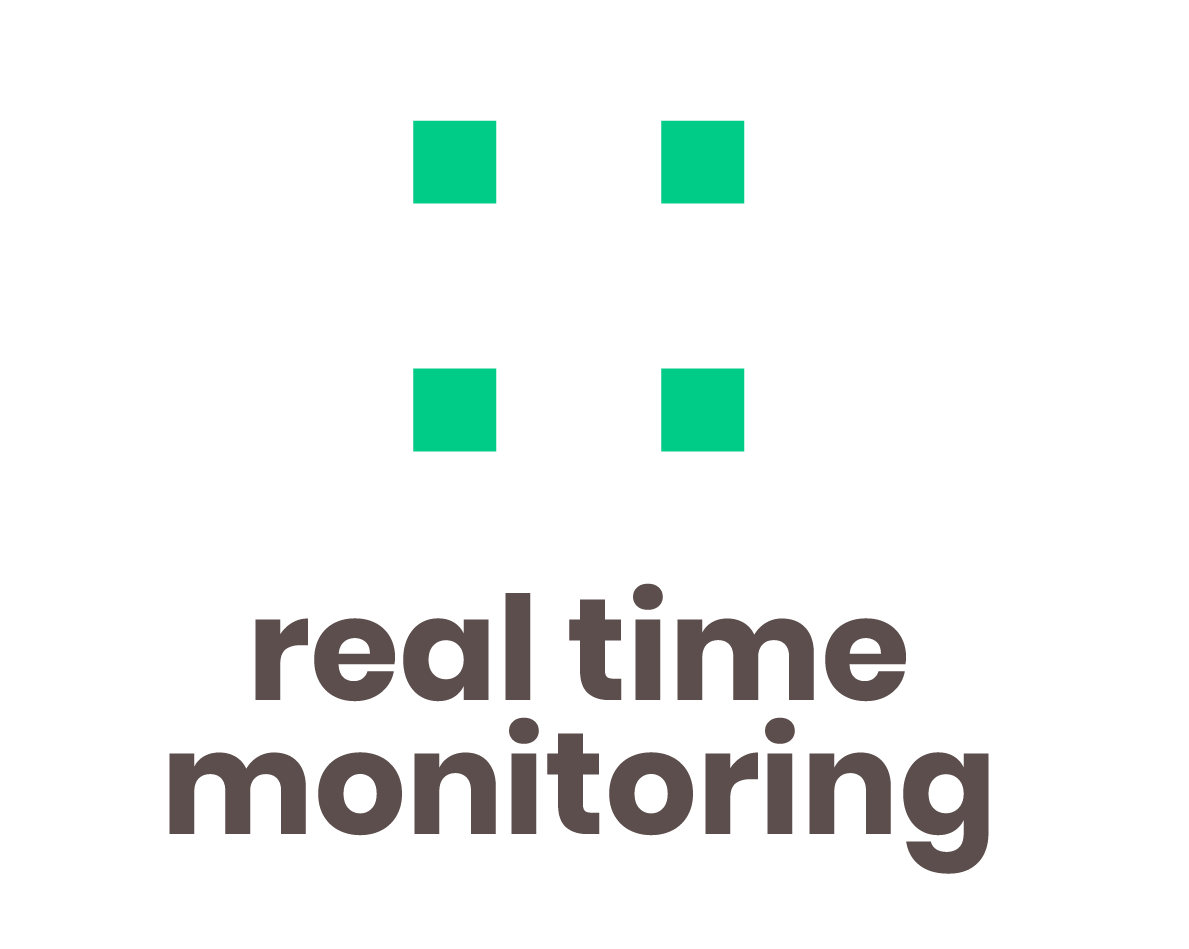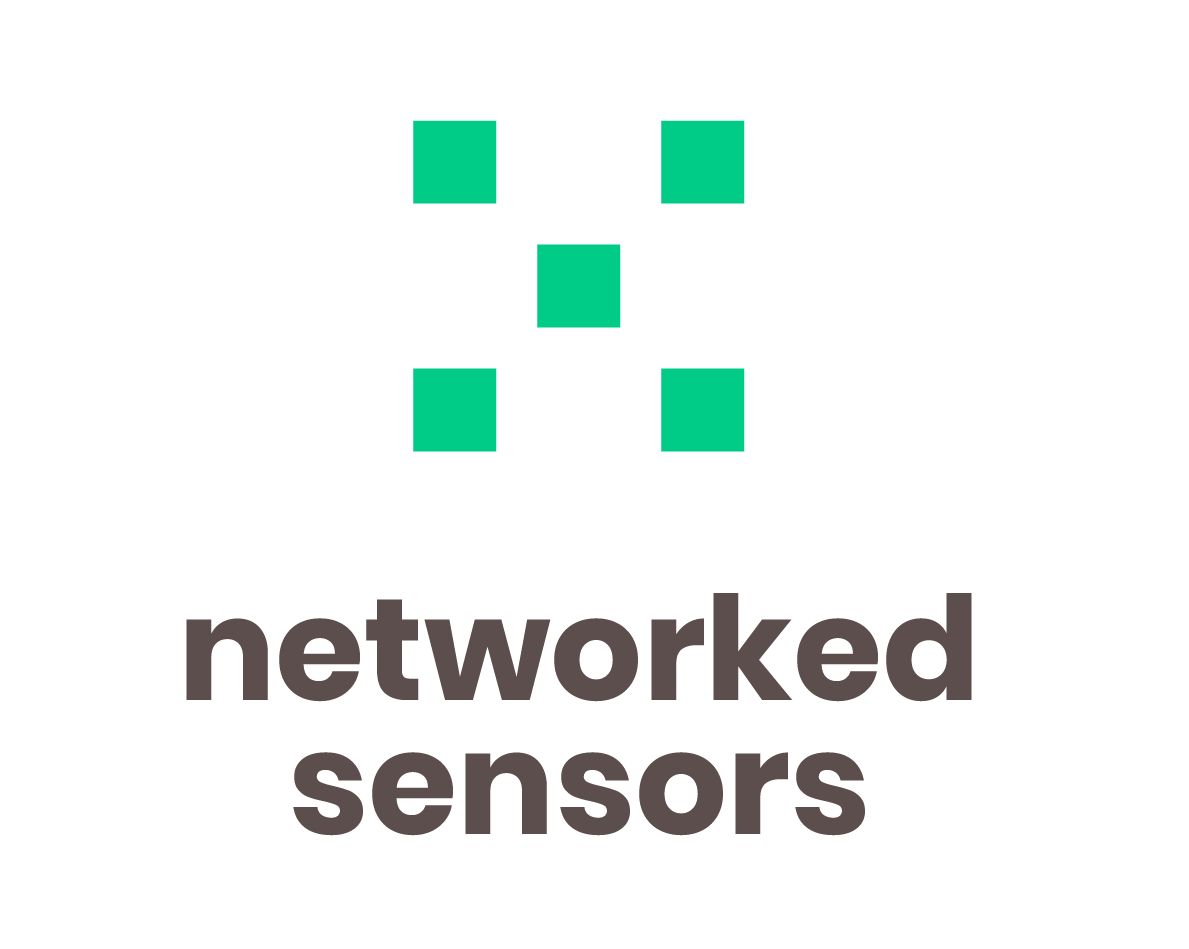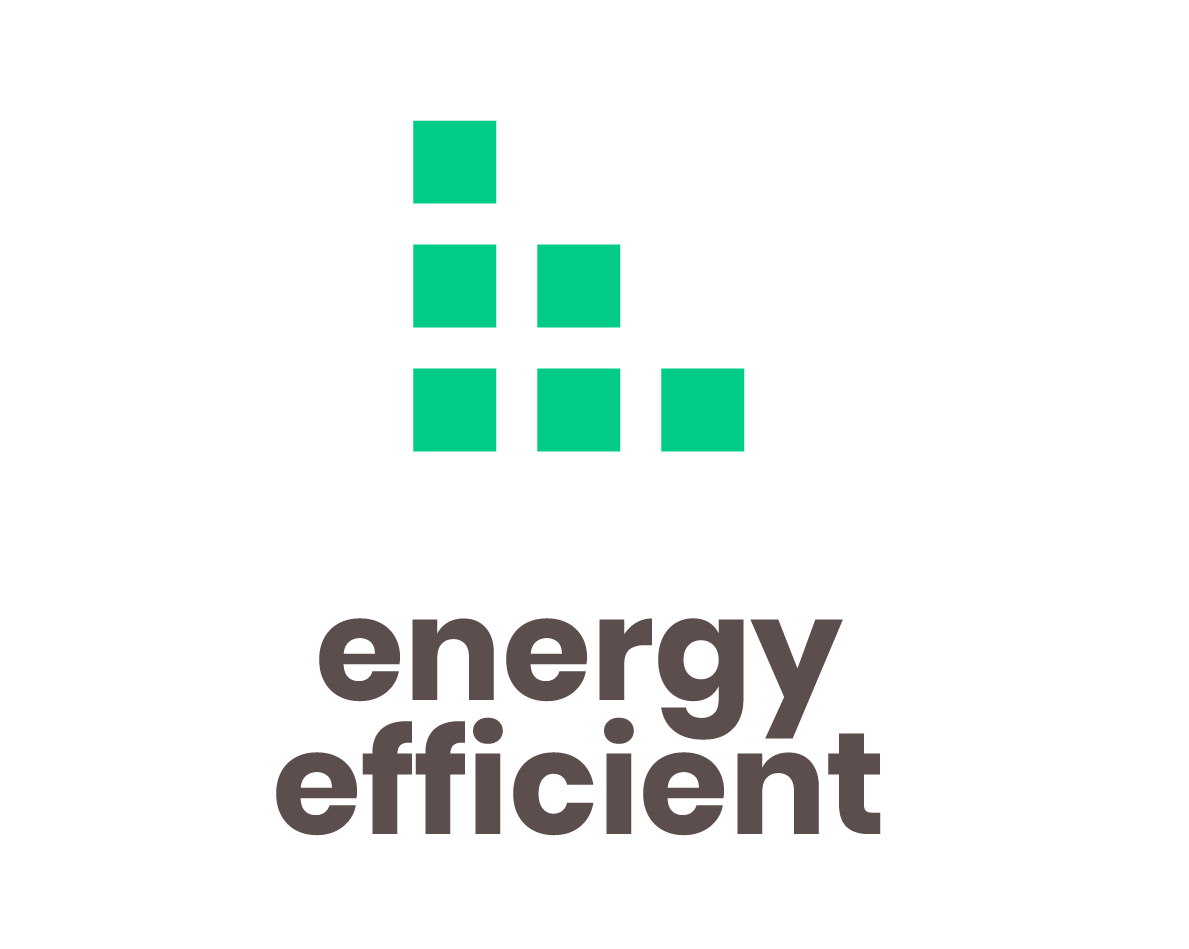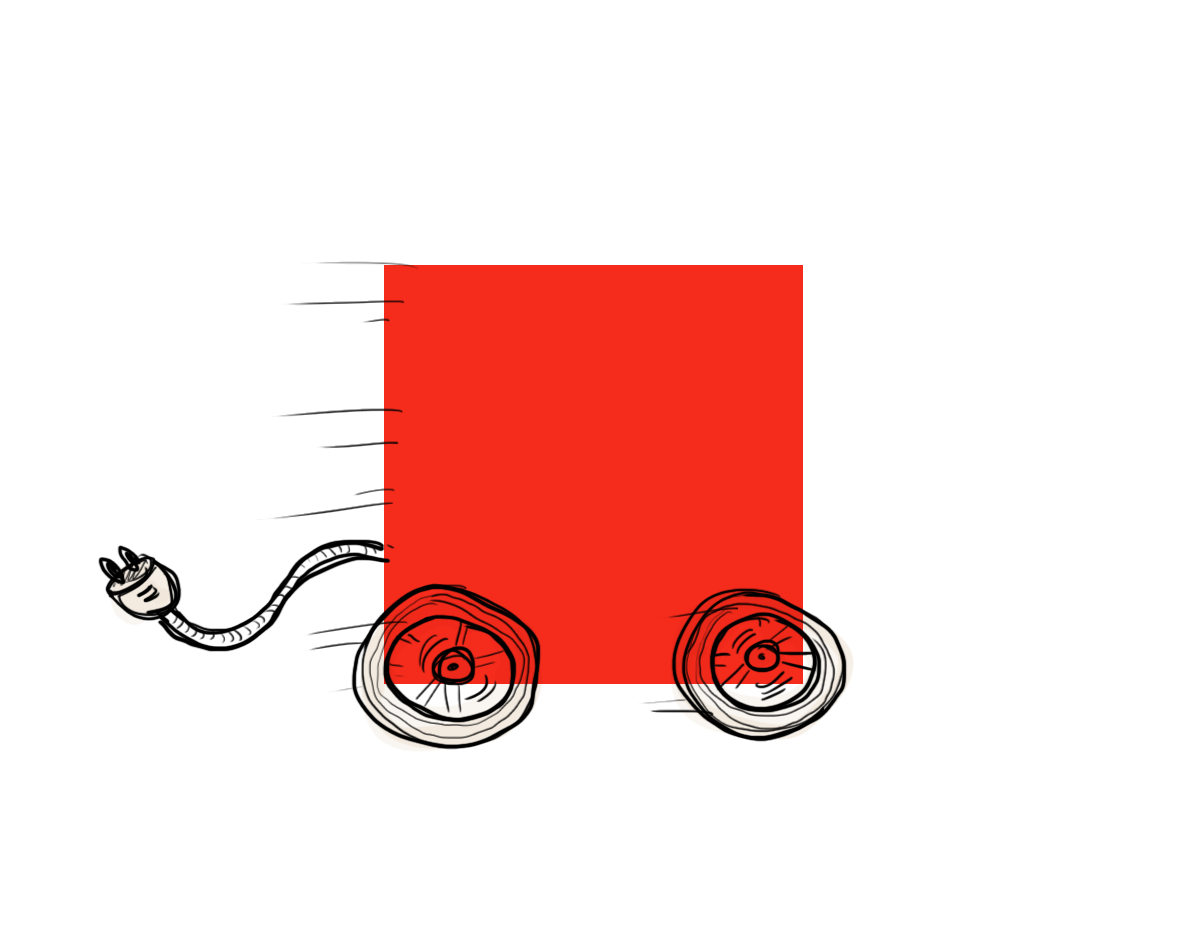The ULISSES podcast
The ULISSES project is pleased to present its podcast, a series of interviews with experts in the field of air monitoring in cities.
For our last episode Kristinn Gylfason welcomes Delphine Marris-Morini from the University of Paris Saclay and Jana Jágerská from the Artic university of Norway, to discuss Mid-IR photonics for environmental sensing. Prof. D. Marris-Morini is specialised in silicon photonics in the near-IR and mid-IR wavelength range. Dr J. Jágerská is group leader in the field of nanophotonics and laser spectroscopy with a focus on mid-infrared on-chip sensors for trace gas detection.
Air quality is invisible and strongly affects our health and performance. Also, air quality in cities changes dramatically from one hour to the next and from one block to another. A dense mesh of mobile miniaturized sensors reporting air quality, in real time, will help us to make informed decisions and in the long run to improve air quality.
Distributed and networked gas sensing is rapidly growing in importance for industrial, safety, and environmental monitoring applications. Optical gas sensors offer the highest sensitivity, stability and specificity in the market, but for most applications, the existing sensors are too bulky and expensive. To enable the broad utilization of high-performance gas sensor networks, there is a critical need for small, low-power and networked gas sensor systems.
Distributed and networked gas sensing is rapidly growing in importance for industrial, safety, and environmental monitoring applications. Optical gas sensors offer the highest sensitivity, stability and specificity in the market, but for most applications, the existing sensors are too bulky and expensive. To enable the broad utilization of high-performance gas sensor networks, there is a critical need for small, low-power and networked gas sensor systems.



In ULISSES, we will develop an integrated optical gas sensor and the networking technology required to bring it onto the Internet of Things (IoT). ULISSES will deliver the wafer-scale mass production methods necessary to enable production volumes of millions of sensors per year, and thus provide an order of magnitude reduction of sensor module cost.
By leveraging recent breakthroughs of the ULISSES partners on waveguide integrated 2D materials-based photodetectors, 1D nanowire mid-IR emitters, and mid-IR waveguide-based gas sensing, we target a three-order-of-magnitude reduction in sensor power consumption, thus permitting maintenance-free battery powered operation for the first time. Finally, we will implement a new edge-computed self-calibration algorithm that leverages node-to-node communications to eliminate the main cost driver of low-cost gas sensor fabrication and maintenance.
By leveraging recent breakthroughs of the ULISSES partners on waveguide integrated 2D materials-based photodetectors, 1D nanowire mid-IR emitters, and mid-IR waveguide-based gas sensing, we target a three-order-of-magnitude reduction in sensor power consumption, thus permitting maintenance-free battery powered operation for the first time. Finally, we will implement a new edge-computed self-calibration algorithm that leverages node-to-node communications to eliminate the main cost driver of low-cost gas sensor fabrication and maintenance.



ULISSES Webinar wrap-up
One month before the end of the ULISSES project we organised today our final webinar that attracted 34 participants.![]() ...
...
ULISSES Final Webinar
The ULISSES consortium would like to invite you to its final webinar on the 31st of May @ 2:00 pm CET. During this one hour event members ...
Discover the last episode of our podcast series
For our 4th and last episode "Mid-IR photonics for environmental sensing" Kristinn Gylfason from KTH welcomes Delphine ...